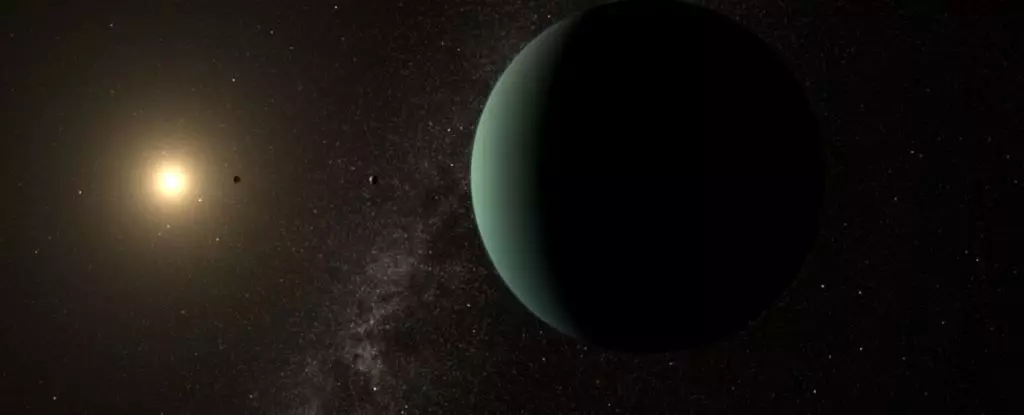The quest for extraterrestrial life has captivated the minds of scientists and astronomers for decades, leading to numerous discoveries of exoplanets that may harbor life-sustaining conditions. Among these is the newly confirmed exoplanet HD 20794 d, which presents a tantalizing possibility for habitability just 20 light-years from Earth. This article delves deeper into the significance of this remarkable find, the conditions that render it a candidate for supporting life, and the mysteries that lie ahead in confirming its true nature.
Located a mere 20 light-years away from our Solar System, HD 20794 d has sparked excitement among astrophysicists and astronomers alike. The close proximity not only brings this planet within reach of future observational missions but also raises hopes of gathering more detailed data that could confirm its characteristics and potential for hosting life. As Michael Cretignier of Oxford University expressed, the discovery provides not just joy but also reassurance, given the challenges associated with detecting such distant worlds.
The prospect of observing HD 20794 d in detail underscores the importance of its location. With advancements in technology, we are on the cusp of being able to image distant planets, a feat that could revolutionize our understanding of exoplanets and their atmospheres. The ability to capture details about its surface conditions and atmospheric chemistry could offer insights into its suitability for life.
One of the crucial criteria for identifying potentially habitable exoplanets is their positioning within the habitable zone of their star—an orbital region where conditions are just right for liquid water to exist on the planet’s surface. In the case of HD 20794 d, it orbits a yellow dwarf star similar to our Sun, making its distance from the star significantly relevant. Given that liquid water is essential for life as we know it, determining whether HD 20794 d resides in this habitable zone is fundamental to evaluating its potential.
Cretignier and his colleagues faced challenges in confirming the existence of HD 20794 d due to limitations in detection capabilities. However, the presence of a faint, periodic wobble in the star’s spectrum provided the evidence needed to support the planet’s existence. This wobble is caused by the gravitational influence of HD 20794 d as it orbits the star, a phenomenon that serves as a reliable method to infer the presence of distant planets. The confirmation of its orbit, taking approximately 648 days, places it directly within the zone where liquid water could thrive.
While HD 20794 d holds promise, several key aspects remain uncertain. The mass and radius of the exoplanet are critical for assessing its composition and potential habitability. Studies suggest that it is approximately 5.82 times the mass of Earth, yet its exact radius remains undetermined. This ambiguity leads to two intriguing possibilities: if the exoplanet is smaller, it could be a terrestrial-like super-Earth; if larger, the planet might resemble a gaseous mini-Nepune.
The elliptical shape of HD 20794 d’s orbit introduces a layer of complexity to its habitability. While parts of its journey take it through the habitable zone, other segments may expose it to sufficient distance from the star, where temperatures drop significantly, likely freezing any liquid water. This contrast poses a critical question about the planet’s climate and the stability of conditions necessary for life.
The Future of Extraterrestrial Exploration
The excitement surrounding HD 20794 d exemplifies a significant step forward in our understanding of astrophysics and planetary science. Future missions equipped with advanced observational tools will be crucial in uncovering the remaining mysteries of this intriguing world. Whether HD 20794 d truly possesses the necessary characteristics to support life remains an open question, inviting further research and exploration.
Although the hunt for life beyond Earth is filled with challenges, the discovery of HD 20794 d serves as a beacon of hope. It inspires curiosity and enthusiasm in both scientists and amateur astronomers, raising the stakes for future explorations. As technology continues to advance, we may soon uncover more secrets of the cosmos, bringing us closer to answering the age-old question of whether we are alone in the universe.

